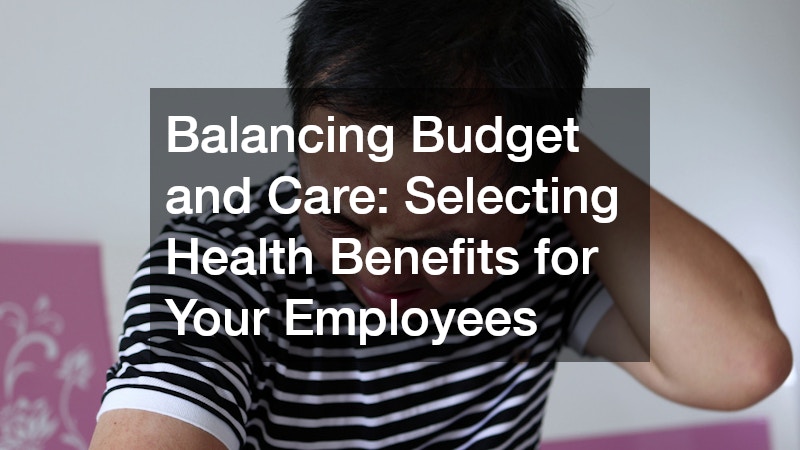Understanding how to select and balance healthcare benefits for workers is crucial for organizations aiming to support their workforce while managing costs. This article explores common challenges and considerations faced by employers when selecting health benefits for their employees, including plan affordability, legal requirements, employee expectations, and long-term business sustainability. It also highlights the importance of flexibility, effective communication, and strategic planning. Making informed decisions can strengthen employee satisfaction and improve retention.
What are the essential health benefits to consider for employees?
When designing an employee benefits package, it is essential to identify core health benefits that meet the basic needs of your workforce. Health benefits should include comprehensive coverage, affordable premiums, and easy access to care. Employers must tailor these options based on demographic and industry-specific needs to ensure relevancy and effectiveness.
Core health benefits commonly encompass medical, dental, and vision insurance, which form the foundation of most employee health plans. Offering mental health resources and maternity benefits also plays a crucial role in supporting a diverse and healthy workforce. Employers have the opportunity to enhance their benefits package by including offerings like telemedicine services, which can improve accessibility and convenience for employees.
Customization of health benefits encourages higher participation rates and ensures employee satisfaction. Employers should consider the specific needs of their employees and continually adapt their offerings in response to social change and healthcare advancements. Such adaptations lead to a competitive edge in talent acquisition and retention, while also demonstrating a genuine commitment to employee well-being. Flexibility in plan design allows businesses to grow with their workforce and meet evolving expectations over time.
How can employers balance cost and quality of care?
Crafting a cost-effective health benefits plan that maintains high-quality care requires strategic planning and negotiation. Employers can leverage their buying power to negotiate competitive rates with insurance providers. Establishing partnerships with preferred providers also helps control costs without compromising on care or employee satisfaction. Flexibility in plan design allows businesses to adapt to workforce changes and emerging healthcare trends, supporting long-term sustainability.
Integrating wellness programs into the benefits package serves as a proactive approach to reduce long-term health costs. Employers who focus on preventative care initiatives help mitigate risk factors associated with chronic diseases, thereby limiting the utilization of expensive medical services. Additionally, providing incentives for healthy behaviors can enhance employee engagement and improve overall health outcomes through sustainable lifestyle changes.
Employers must remain vigilant in assessing and re-evaluating their benefits strategy to align costs with employee needs. Regularly reviewing claims data helps identify cost drivers and informs decision-making. Employers should also explore cost-sharing options, such as Defined Contribution Plans, to empower employees while managing their own budget constraints effectively and responsibly. A thoughtful, evolving approach ensures continued alignment between financial goals and employee well-being.
How does employee feedback influence benefits selection?
Employee feedback plays a critical role in crafting a benefits package that genuinely supports the workforce. Surveys and focus groups provide valuable insight into employees’ preferences and satisfaction with existing benefits. Understanding these perspectives allows employers to align their offerings with actual employee needs, increasing engagement, satisfaction, and retention.
Engaging employees in the benefits selection process fosters a sense of inclusivity and increases transparency. By making employees active participants, organizations demonstrate a commitment to their well-being and create a culture of trust. Effective communication regarding available options and changes ensures that employees feel informed, valued, and empowered to make the best choices.
Regularly updating the benefits offering based on employee feedback demonstrates responsiveness and adaptability. Fostering ongoing dialogue with employees not only aids in tailoring benefits to current needs but also positions the organization as responsive and employee-centric. As market conditions and healthcare demands evolve, employee feedback becomes a vital tool in maintaining a desirable and competitive benefits package.
Striking a balance between budget constraints and comprehensive employee health care involves careful consideration of various factors, including essential benefits, cost management, and employee preferences. By understanding and addressing these areas, organizations can create a benefits package that supports their employees effectively. Thoughtful planning not only enhances employee well-being but also contributes to improved morale, productivity, and long-term business success. Prioritizing transparency and open communication about benefits can further strengthen trust and engagement within the workforce.
.




